Mohenjo Daro — Mound of the Dead?
Whenever the word Mohenjo Daro pops up, some strange thoughts (or shall I say "sensational theories"?) lit up my mind – an advanced ancient civilisation vanished from Earth overnight – Alien invasion? – Nuclear blast? What actually happened?
Here's a little prelude before I delve into the main story...
The road trip to Karachi was quite happening, as were the five days spent in the city. We tried to squeeze in as many meet-ups and visits as we could in the limited time we had because it's not like we get to travel that far, often. Most of the trip was kind of a personal affair that I'm not going to share here, but yeah, some places are worth writing about – just waiting for the right amount of inspiration and motivation to do that.
On our way back from Karachi, we opted for a different highway that is a little off track and runs through the deep interior regions of Sindh because we weren't ready for those road blockages that felt like eternity on the main route and quite literally made us experience the famous Urdu quote – ٹرک کی بتی کے پیچھے لگنا (truck ki batti k peechay lagna / chasing the tail light of the truck). This other highway was so much better, smooth and with almost non-existent traffic. While speeding through the places that we had only heard of on TV or from some Sindhi friends, we realised that we were a few hundred miles away from the infamous archaeological site, Mohenjo Daro – and there formed a new road plan instantly.
Despite the insanely hot weather and "recommended-to-visit-in-winter" reviews on Google Maps, three hours later, we pulled the brakes in front of a rather subdued entrance for a World Heritage Site, but full marks for the facade lettering.
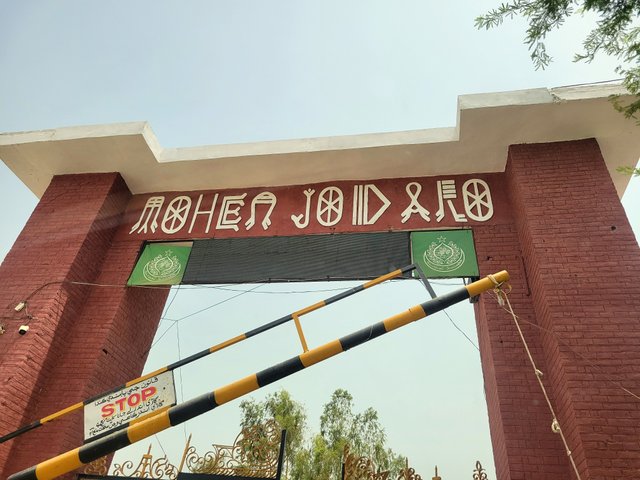
No one in their right mind would lurk in the hottest regions during the hottest season, which explains only one small group of visitors, besides us. Those were students probably working on an assignment but we had no reason except adventure. Anyhoo, we were there and we were excited. They allowed us to park our car inside the vicinity despite the STOP sign saying otherwise. I believe that was because of the lack of a crowd.
Once inside, a guide immediately approached and directed us towards a guest house as we were starved. There we ate the most delicious Sindhi Biryani cooked in routine lunch, therefore, it was quickly served fresh and hot. The restroom was modern and clean, which is a rarity in Sindh because of the slum life in the majority.
I am sharing these details because I had a lot of concerns as we had been travelling since morning, we needed food, water, and a clean toilet. I was concerned about the road and security because this place is in the remotest region, although it comes under the famous Larkana district, but you don't expect much from Sindh. I was looking for reviews online, but couldn't find much detail except a few positive lines from foreigners. So, I just hope this article finds its way to the right people at the right time, which is hard to expect from Steemit's indexing, but no harm in hoping.
Once fed and rested, we followed the guide towards the ruins which were at a walking distance. It was blazing hot; thankfully, we brought sun caps, glasses, sunscreen and water bottles with us.
This stone statue of Priest-King welcomed us to the ruins, which, to my disappointment, was a replica — the original statue is kept at the National Museum of Pakistan, as per the guide, but the Internet says it's secured somewhere else.
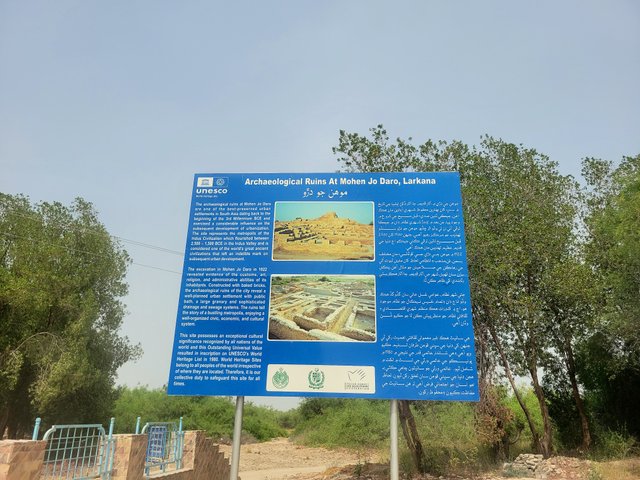
As you can read on the board above, the ruins of Mohenjo Daro are over 4500 years old. At the same time when ancient Egypt was thriving and when Prophet Musa عليه السلام was alive. According to some sources, the Great Flood at the time of Prophet Nuh عليه السلام also happened few years prior to that, but some arachaelogists say it was over 11500 years ago. Anyhoo, with limited technology history blurs as we dig deeper into the beginning of times, but these ruins (once thriving Indus civilisation) were still pretty old. An urban civilisation existed here for around 1000 years — advanced for their time and sadly much better than the present situation of many areas of Pakistan. Looking at what level they were at back then, our living standard should match a sci-fi 3050 movie. I don't know what happened, but instead of progressing, we have only seen regression, particularly in areas near this place.
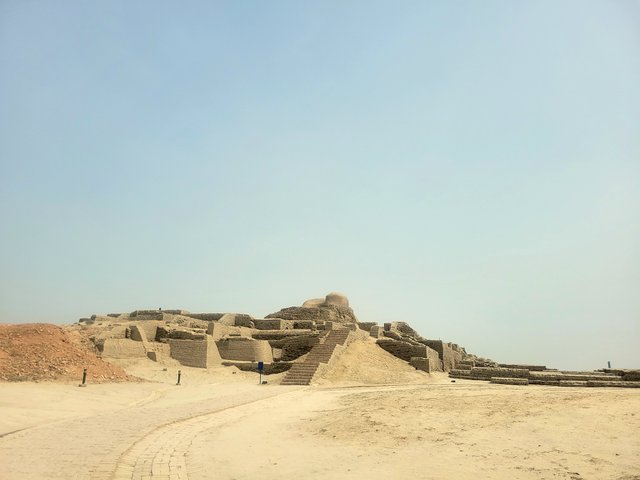
Right in the middle, elevated from the rest of the city (now ruins) was "city centre", also known as "citadel" or "administrative site". In the centre of the citadel, there used to be a Stupa — a religious place for Buddhists for congregation purposes. It's still pretty much intact despite the 2010 flood. The artefacts and history of this place tell that it was home to Buddhists and Hindus.
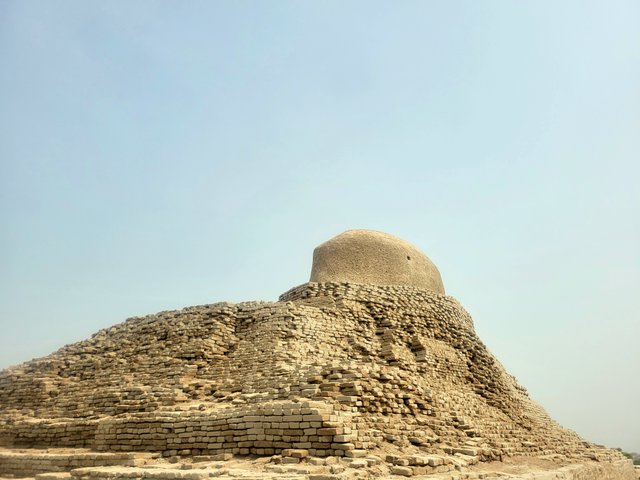
One look at the ruins tells you that they were once a well-planned and organised city.
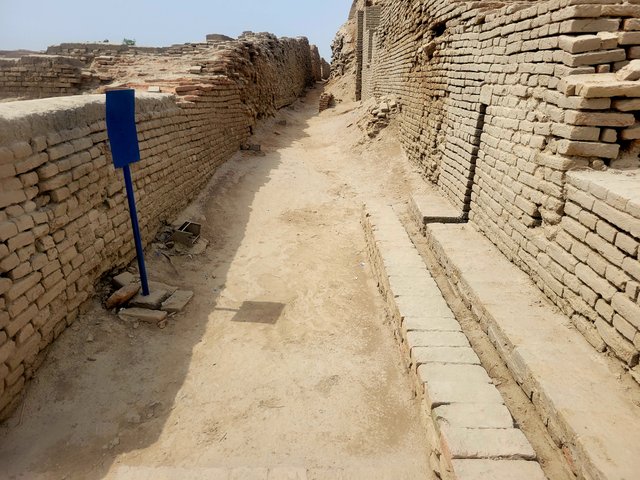
One of the most interesting things was the proper sewerage system. At various places, limestone covered the sewer lines because those people knew lime neutralises the bad odour.
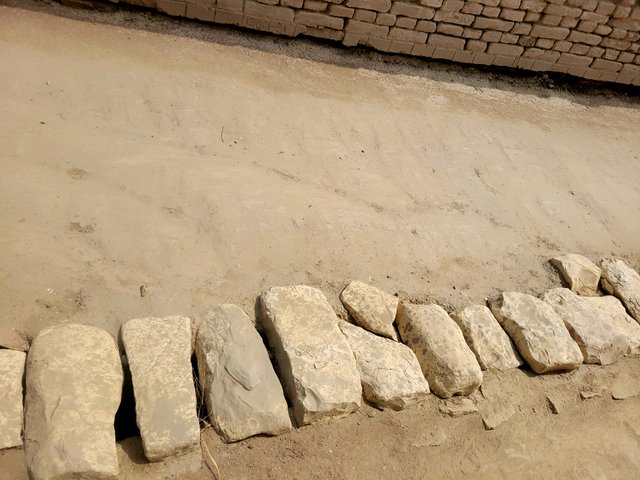
I was also surprised to see the toilets and their drains. I don't know if it was a wrong reaction because humankind has always been intelligent, and these are the basics of life.
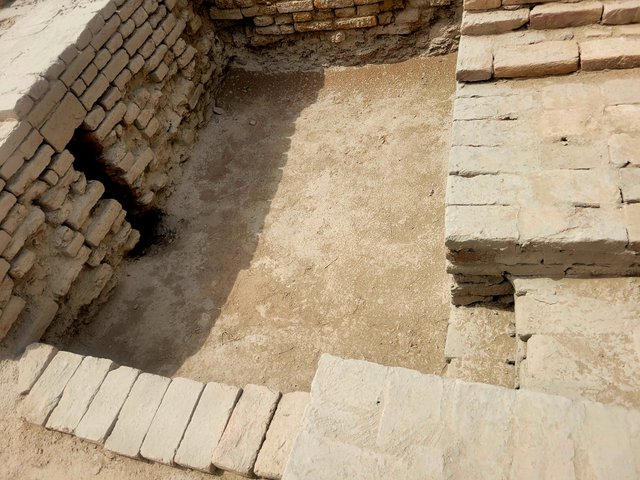
I guess I was constantly comparing this all with the current living standard. There are still some areas where the standards are the same. What is considered advanced and urban for a 4500-year-old civilisation is backwards for today's rural areas. But these garbage pits (waste enclosures) or whatever you call them can still be seen in well-developed areas.
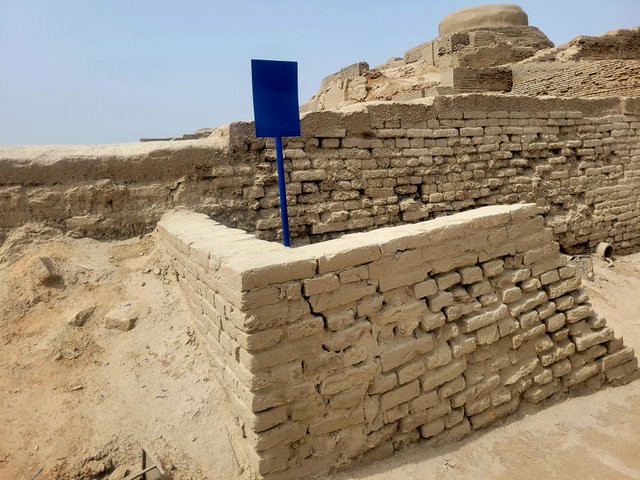
There were communal washrooms and bathing chambers as well with L-shaped entrances for privacy reasons.
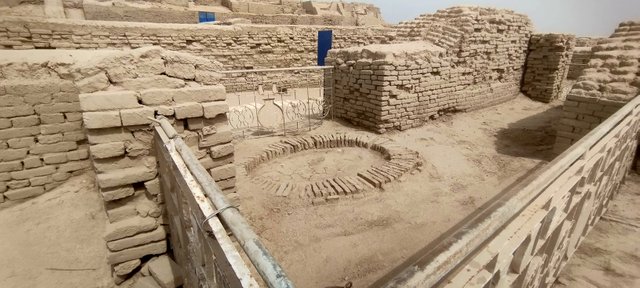
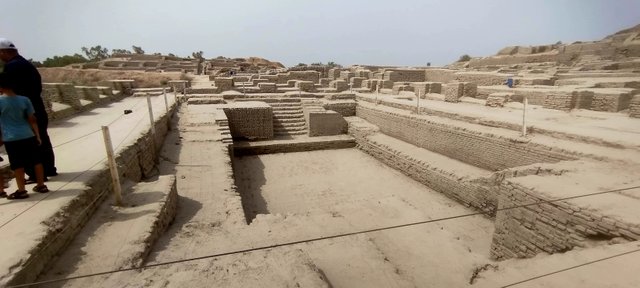
Swimming pool, I accept. But one with a proper system to drain dirty water... Again, am I overreacting?
The sophisticated drain network carried waste from individual homes in pipes and supposedly emptied into the nearby Indus River. It's not confirmed but the waste line ran in the direction of the river. That's gross though.

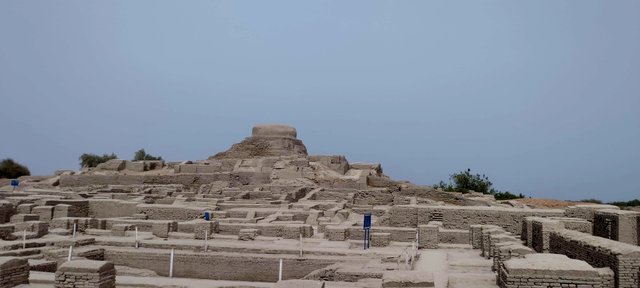
There was another area which was thought to be a kind of school because some writing tablets and quills were found there. I don't remember the material of the tablets, probably stone or terracotta, but not wood.
I couldn't take more pictures in the open because it was so hot (50°C +) that my phone heated up and denied access to the camera app. I had to switch the device off and borrow my husband's for some pictures. One of my kids also started feeling dizzy, so we had to cut our tour short immediately. We raced towards a lonely tree and sat in its shade for a few minutes until he felt better. We didn't take any more risk in visiting the "Lower City". I zoomed-in with the camera and listened to the guide.
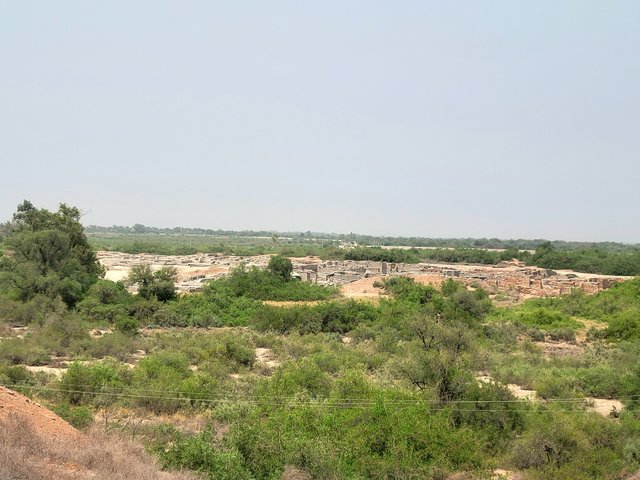
In the "Lower City", there were different sites or colonies — a suburban area, an underserved town and different colonies for labourers, artisans and soldiers.
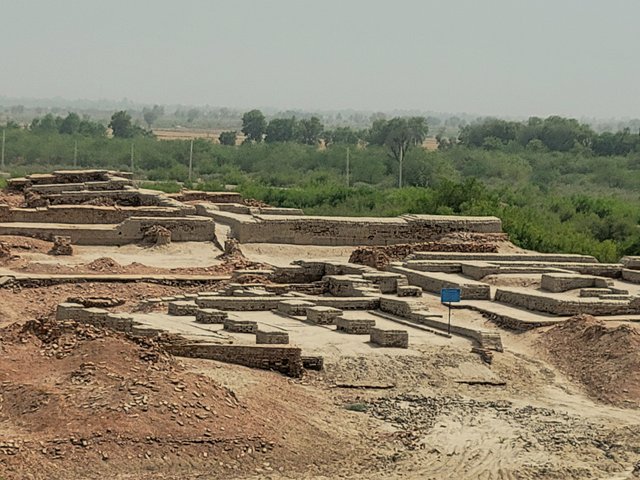
I asked the guide how they knew which establishment belonged to rich people, to which he replied that they found copper utensils and double-storey houses with multiple rooms and private bathrooms at one site. In another site, there was terracotta stuff in dominance, smaller houses with shared bathrooms – that site apparently belonged to a lower class.
Half-heartedly, we left the ruins and walked towards an indoor museum. Any more exposure to sun would have been extremely dangerous.
I thought we had already seen enough at the ruins but the artefacts showcased at the museum fitted the final piece of the full picture. There were a lot of things on display but I'm sharing the most interesting ones.
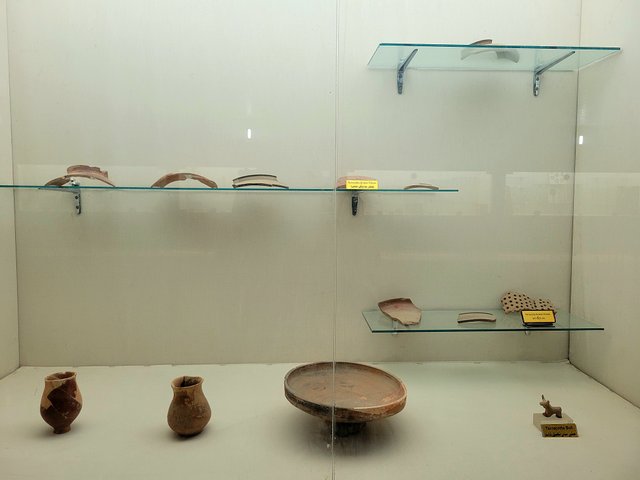
I thought the elevated cake trays were an invention of the modern world, but those ancient peeps already had something similar in their use.
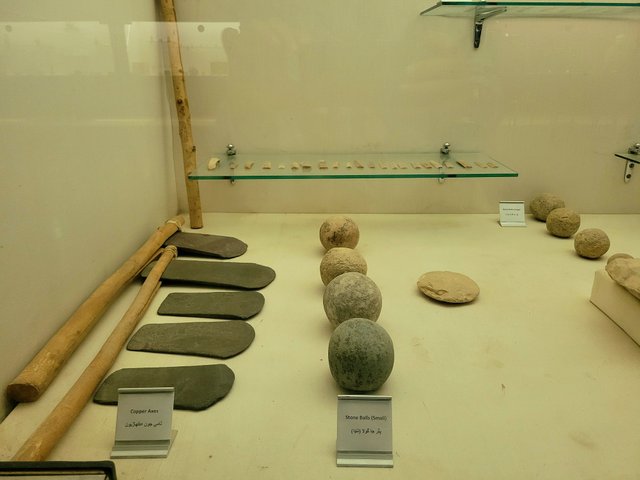
Weaponry? I guess.
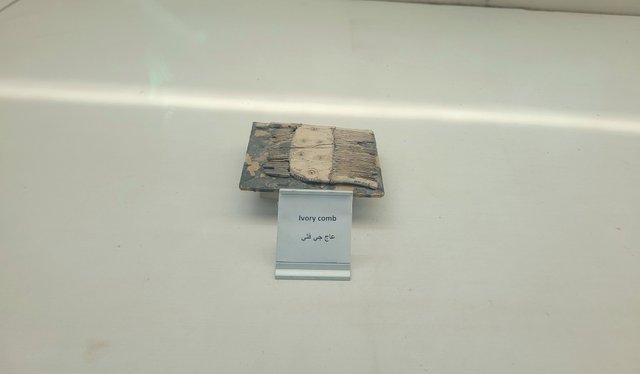
I don’t know why, but whenever someone says “thousands of years ago,” I can only picture cavemen with long, messy hair. But the people of Mohenjo Daro were nothing like that! They liked to look presentable and even combed their hair — not with fingers, but with fine ivory-toothed combs.
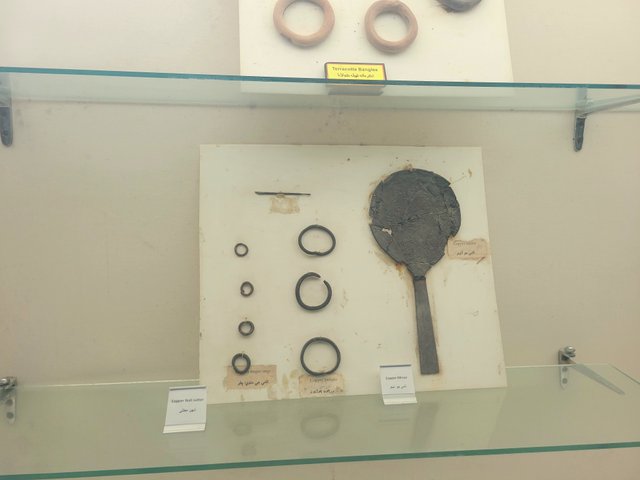
A nail-cutter!!! Looks more like a nail-filer.
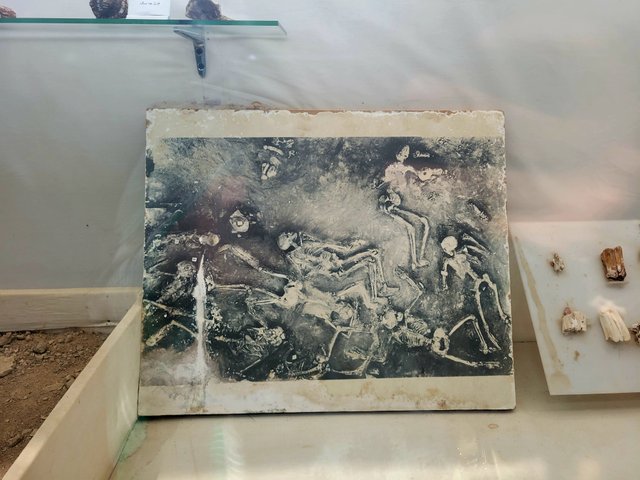
During the excavation of the site in the 1900s, some 10 or 11 skeletons were found in one room. The cause of their death is not known. The guide thought it was a hospital, but to me, it looks like a scene from a horror movie.
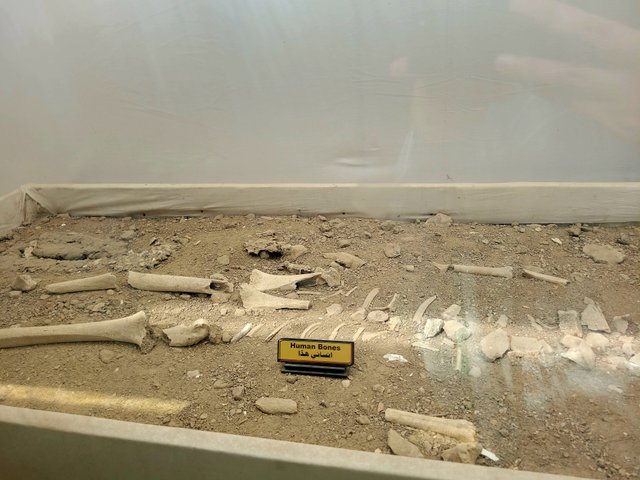
Some 4500 years old human bones. That gave me creeps. It was my first time seeing bare human bones and that too thousands of years old.
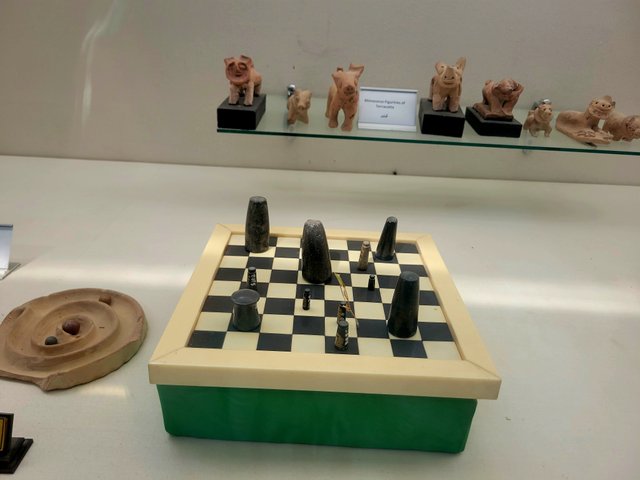
Those chess pieces are cute. And look at the terracotta toys at the back.
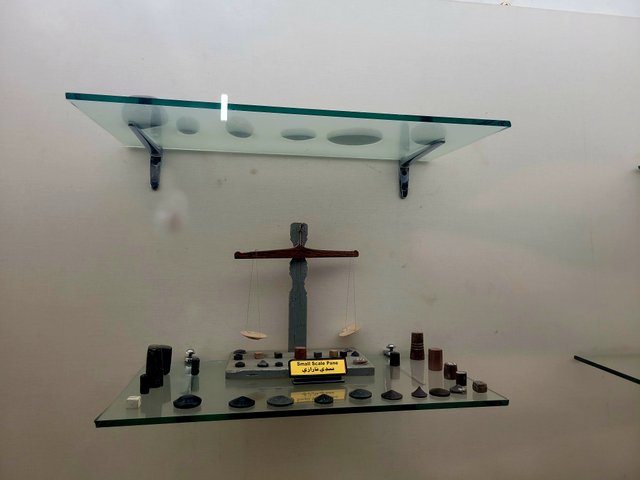
Beam balances and weights? How advanced were they?
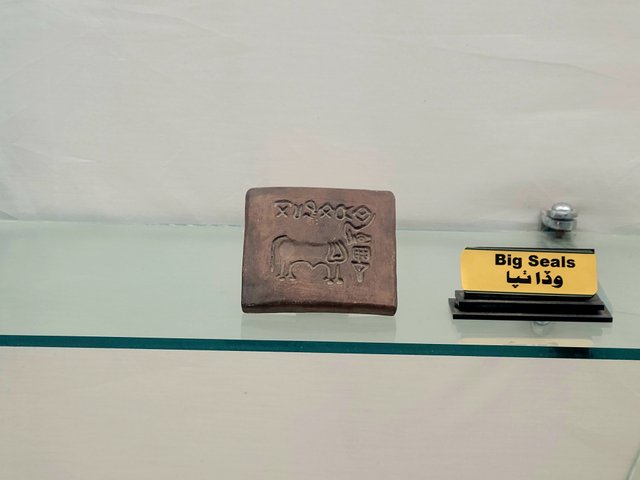
Does that ring a bell?. It's a different seal but nothing has been deciphered yet.
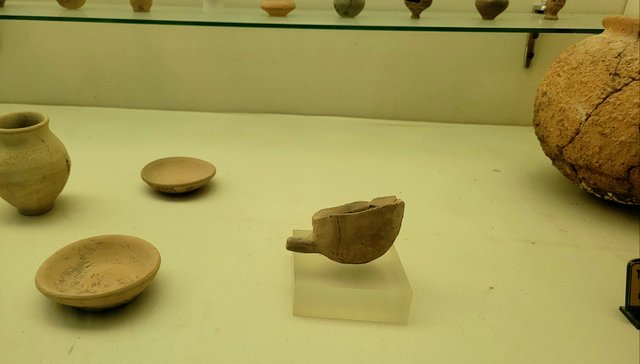
Can you guess what is this thing with a nozzle? A feeding bottle for babies. Mind-blowing, isn't it?
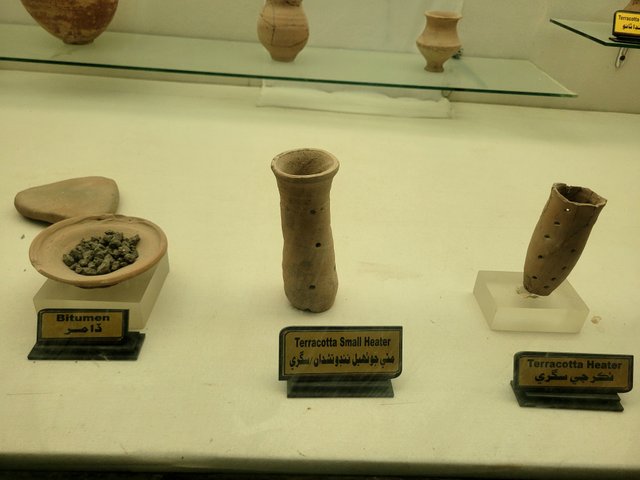
In villages people still burn wood and those guys had heaters!!!
There were a lot more things on display but my phone was still so hot, I could only turn it on for few minutes and quickly took these pictures. It badly needed an air-conditioner and museum only had a few bracket fans.
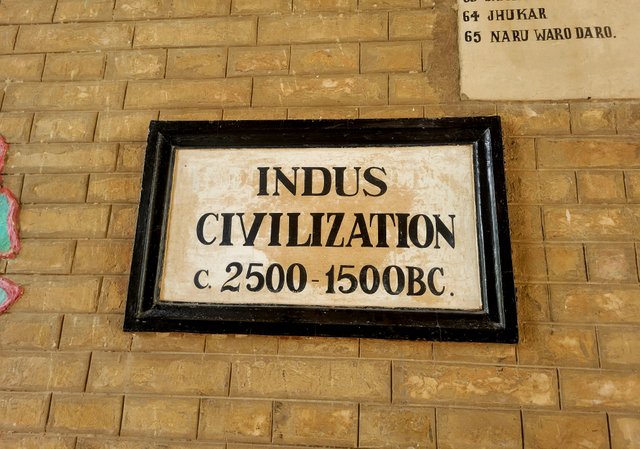
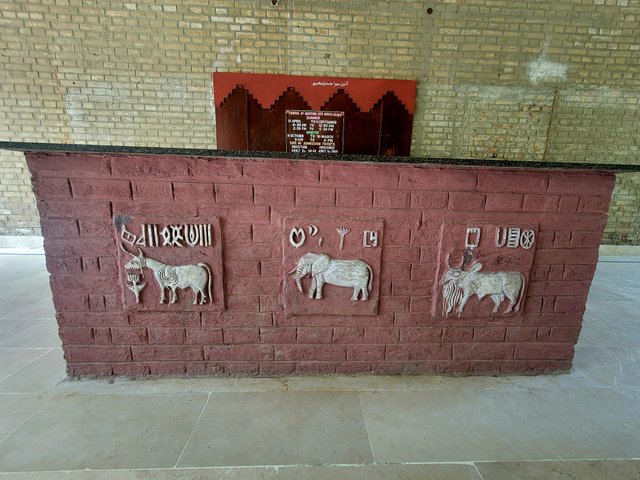
Some more decorative seals at the counter. There are not original.
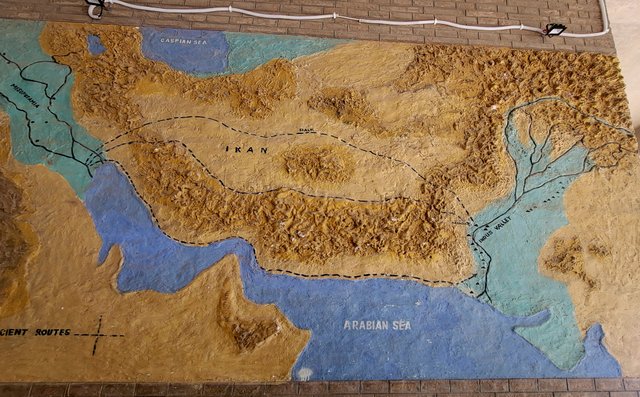
This map shows the travel route from Indus Valley to Mesopotamia.
There used to be a direct road from Mohenjo Daro to Harrapa (another ancient civilisation site in Punjab Pakistan) around 700km long.
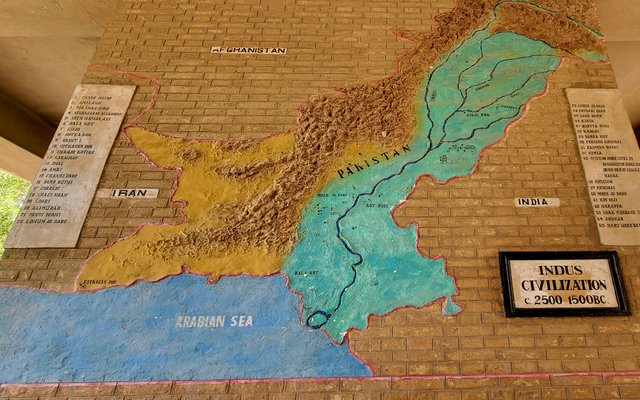
This is the current map of Pakistan, painted outside the museum. You can zoom-in to see Mohenjo Daro in the green part. We were travelling from Karachi which is at extreme South of the green region. The bluish-black line running across that map is the Indus River.
It's a mystery how that civilisation ended. Some say, they found nuclear radiations but there's not enough evidence of that, so that is most likely a myth. According to our guide, the settlement didn't vanish overnight, it declined gradually because the Indus River was changing its course. It used to be on the other side of the Mohenjo Daro. There's no evidence of mass-killing, people started leaving the place when flooding became imminent.
I think the name given to Indus Valley civilization is a bit misleading. Mohenjo Daro means Mound of the Dead which makes you think there must be many dead bodies (skeletons I should say) found during excavation. But that is not the case. There were bones and full skeletons but the amount doesn't indicate any mass killing.
If you love history and archeology, do visit this place. The site opens daily from 9am to 7pm. We only paid 50 rupees per person for entrance ticket. Rates are different for foreigners but are still cheap.
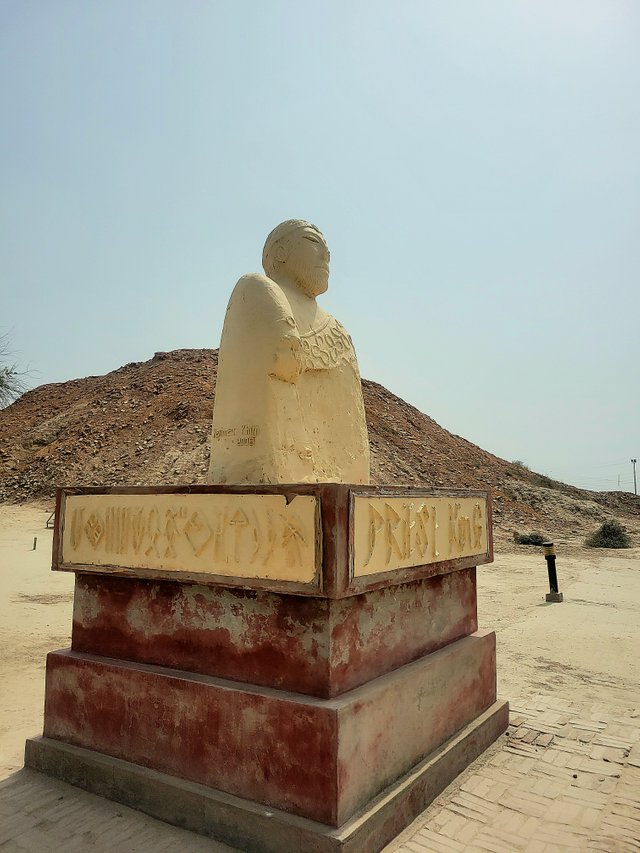
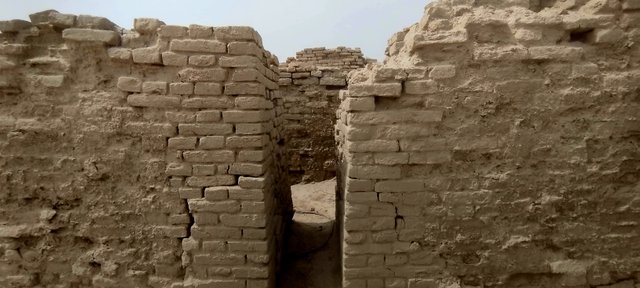
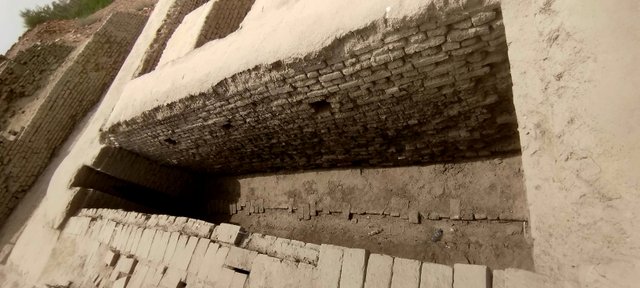
Sounds very interesting. I've never heard of it before... But another question: Is Steemit indexed? Where? In Pakistan? Why?
I mean it's not SEO friendly, but since the-gorilla has optimised URLs, I hope it appears on Google.
Ah, I see... Not in the German version. It's a pity...
I truly enjoyed reading your post. It's been a long time since something gave me goosebumps like this. Thank you for the virtual tour.
Tell me honestly, did you not feel it too? That strange sensation while walking through those ancient streets, as if you had been there before? As if, in some past life, you belonged there, maybe even lived there as a resident. I love imagining things like that. This place—uff, it stirred something deep within me.
I have visited Harappa, but this seems so much larger and more expansive. I had no idea there was once a direct road connecting Mohenjo-Daro and Harappa. The more I learn, the more fascinated I become with the richness of our ancient history.
Loved it!
Interesting. No, I didn't feel that.
On the way to Mohenjo Daro, I mostly saw slums on the roadside — people living in the worst possible conditions. And those ruins, despite offering a glimpse of the past, felt like a scene from future (in comparison to those slums). That was strange.
Harrapa is on my list for a long time. Mohenjo Daro always seemed impossible but fate brought me there first. 😀
The TEAM FORESIGHT has supported your comment. We support quality posts, good comments anywhere, and any tags
Thank you so much for this. Even though I can't visit, I feel like I've seen it all through your eyes.
That means it served the purpose.
chriddi, moecki and/or the-gorilla